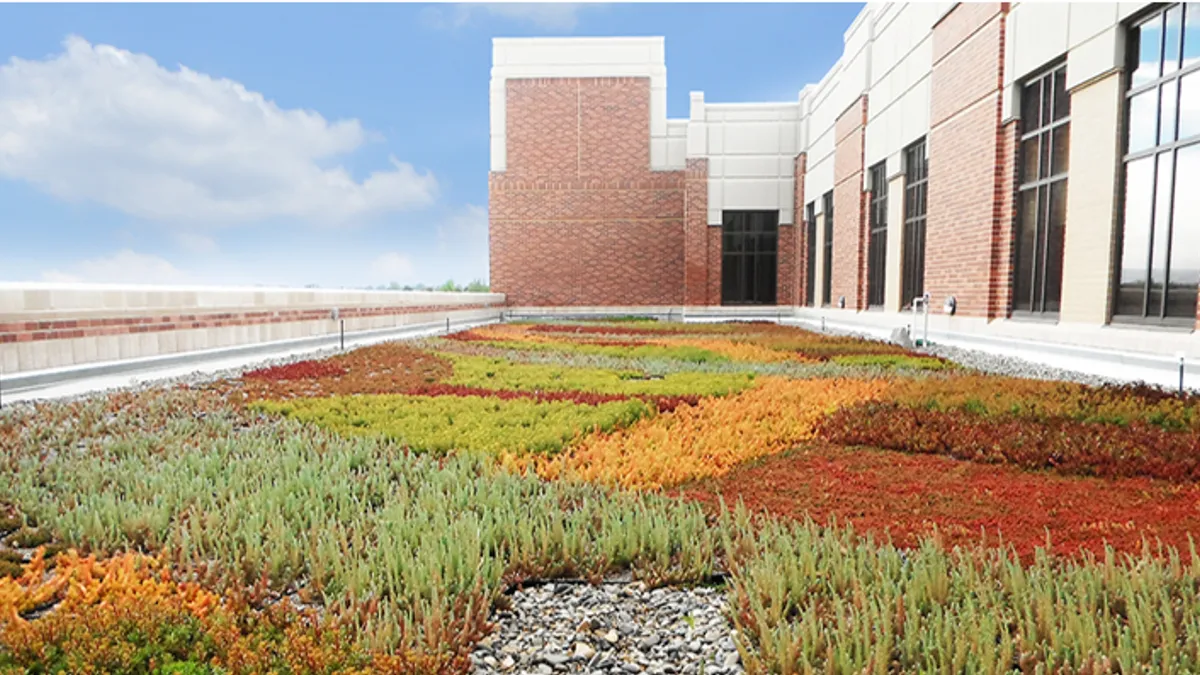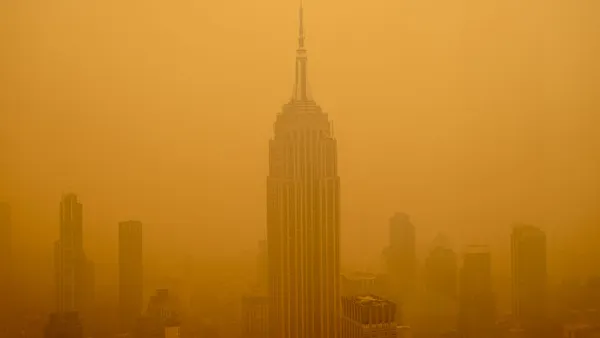Dive Brief:
- A report from clean energy advisory and venture capital firm Capital E provides a cost-benefit analysis of implementing smart surface solutions in three cities: El Paso, TX, Philadelphia and Washington, DC. Smart surfaces include green roofs, solar panels, permeable pavement and reflective pavement.
- The report concludes that "cities can strengthen resilience, improve health and comfort, expand jobs and slow global warming through smart surface strategies while securing billions of dollars in net financial benefits."
- After factoring in the smart surface installation and operational costs, over a 40-year period the three cities would see the following savings: $3.6 billion in Philadelphia; $1.8 billion in Washington, DC; $538 million in El Paso.
Dive Insight:
The report highlights concerns about cities becoming urban heat islands, especially as more effects of climate change become evident. Rising temperatures and greater smog are among the negative effects expected to worsen in cities, in addition to residents' and businesses' energy bills due to controlling indoor temperatures. Tourism could also take a hit from rising heat.
Smart surfaces help to manage sunlight and rain. Installing them reduces the negative effects of an urban heat island by making them cooler, healthier and more resilient, the report finds. Smart surfaces reflect more light and heat instead of absorbing it into pavement or trapping it at the street level.
Smart surfaces in cities improve resilience through stormwater management and water quality. Asphalt and other largely impervious surfaces produces greater runoff during storms, which can lead to flooding and more debris entering waterways. But adding elements like pervious concrete and rain gardens allows rainwater to absorb into the ground instead of simply flowing across the surface. Those features also provide filtration to improve water quality.
The authors explain that low-income areas disproportionately feel the effects of climate change and urban heating because they generally have little greenery, dark surfaces, impervious surfaces and less energy inefficient homes. Those areas tend to have higher pollution, which makes low-income residents more susceptible to health effects such as heat stress and respiratory illnesses. Applying smart surface techniques throughout a city could even the playing field and create greater equity while greatly improving health and quality of life for low-income residents.
Smart surfaces can have an effect on surrounding areas and not just the city that integrates them, the report says. Reducing urban heat and smog does not just happen within a city's borders, so entire regions could benefit from a city investing in smart surfaces. Plus, seeing the positive effects could prompt neighboring areas to adopt the surfaces, furthering the positive regional effects.












